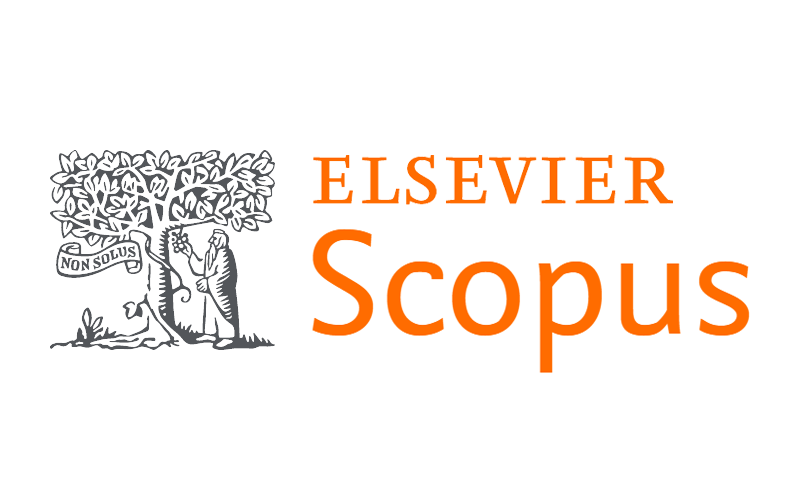ABO-incompatible kidney transplantation using immunoadsorption columns: First experiences in South Africa
DOI:
https://doi.org/10.7196/SAMJ.2024.v114i3b.1326Keywords:
ABO-incompatibleAbstract
Background. ABO-incompatible kidney transplantation gives patients with chronic kidney disease requiring dialysis and without a blood group-compatible donor an alternative option for a kidney transplant.
Objectives. To describe our first experiences and outcomes with 3 patients using Glycosorb ABO immunoadsorption (IA) columns in performing ABO-incompatible living-donor kidney transplants. This is the first time this technique has been used in Africa.
Methods. As per the protocol, patients needed between 1 and 4 sessions of IA and received rituximab ~ one month before transplantation.
Results. All the patients achieved the target isohaemagglutinin antibody titre of 1:4 pretransplant. Only 1 patient with the highest initial screening titre (1:256) needed IA post-transplant. None of the patients experienced clinical rejection, and all had good graft kidney function at discharge and at the time of writing.
Conclusion. Glycosorb ABO IA is an effective technique in enabling ABO-incompatible living-donor kidney transplants to be performed successfully in a South African setting.
References
Tonelli M, Wiebe N, Knoll G, et al. Systematic review: Kidney transplantation compared with dialysis in clinically relevant outcomes. Am J Transplant 2011;11(10):2093-2109. https://doi.org/10.1111/ j.1600-6143.2011.03686.x
Wiener AS. Origin of naturally occurring hemagglutinins and hemolysins: A review. J Immunol 1951;66(2):287-295.
Cook DJ, Graver B, Terasaki PI. ABO incompatibility in cadaver donor kidney allografts. Transplant Proc 1987;19(6):4549-4552.
Alexandre GP, Squifflet JP, de Bruyère M, et al. Present experiences in a series of 26 ABO-incompatible living donor renal allografts. Transplant Proc 1987;19(6):4538-4542.
Tydén G, Kumlien G, Fehrman I. Successful ABO-incompatible kidney transplantations without splenectomy using antigen-specific immunoadsorption and rituximab. Transplantation 2003;76(4):730-731. https://doi.org/10.1097/01.TP.0000078622.43689.D4
De Weerd AE, Betjes MGH. ABO-incompatible kidney transplant outcomes: A meta-analysis. Clin J Am Soc Nephrol 2018;13(8):1234-1243. https://doi.org/10.2215/CJN.00540118
Montgomery JR, Berger JC, Warren DS, et al. Outcomes of ABO-incompatible kidney transplantation in the United States. Transplantation 2012;93(6):603-609. https://doi.org/10.1097/TP.0b013e318245b2af 8. Wilpert J, Fischer K-G, Pisarski P, et al. Long-term outcome of ABO-incompatible living donor kidney
transplantation based on antigen-specific desensitisation: An observational comparative analysis.
Nephrol Dial Transplant 2010;25(11):3778-3786. https://doi.org/10.1093/ndt/gfq229
Lo P, Sharma A, Craig JC, et al. Preconditioning therapy in ABO-incompatible living kidney transplantation: A systematic review and meta-analysis. Transplantation 2016;100(4):933-942. https://
doi.org/10.1097/TP.0000000000000933
Agarwal S, Chodhry M, Makroo RN, et al. Therapeutic immunoadsorption and conventional plasma exchange in ABO incompatible renal transplant: An exculpatory evidence. Cureus 2019;11(5):e4787. https://doi.org/10.7759/cureus.4787
Platt JL, Cascalho M. Accommodation in allogeneic and xenogeneic organ transplantation: Prevalence, impact, and implications for monitoring and for therapeutics. Hum Immunol 2023;84(1):5-17. https:// doi.org/10.1016/j.humimm.2022.08.001
Takahashi K. Recent findings in ABO-incompatible kidney transplantation: Classification and therapeutic strategy for acute antibody-mediated rejection due to ABO-blood-group-related antigens during the critical period preceding the establishment of accommodation. Clin Exp Nephrol 2007;11(2):128-141. https://doi.org/10.1007/s10157-007-0461-z
Ko EJ, Yu JH, Yang CW, Chung BH; Korean Organ Transplantation Registry Study Group. Clinical outcomes of ABO- and HLA-incompatible kidney transplantation: A nationwide cohort study. Transpl Int 2017;30(12):1215-1225. https://doi.org/10.1111/tri.12979
Downloads
Published
Issue
Section
License
Copyright (c) 2024 Z A Barday

This work is licensed under a Creative Commons Attribution-NonCommercial 4.0 International License.
Licensing Information
The SAMJ is published under an Attribution-Non Commercial International Creative Commons Attribution (CC-BY-NC 4.0) License. Under this license, authors agree to make articles available to users, without permission or fees, for any lawful, non-commercial purpose. Users may read, copy, or re-use published content as long as the author and original place of publication are properly cited.
Exceptions to this license model is allowed for UKRI and research funded by organisations requiring that research be published open-access without embargo, under a CC-BY licence. As per the journals archiving policy, authors are permitted to self-archive the author-accepted manuscript (AAM) in a repository.
Publishing Rights
Authors grant the Publisher the exclusive right to publish, display, reproduce and/or distribute the Work in print and electronic format and in any medium known or hereafter developed, including for commercial use. The Author also agrees that the Publisher may retain in print or electronic format more than one copy of the Work for the purpose of preservation, security and back-up.





